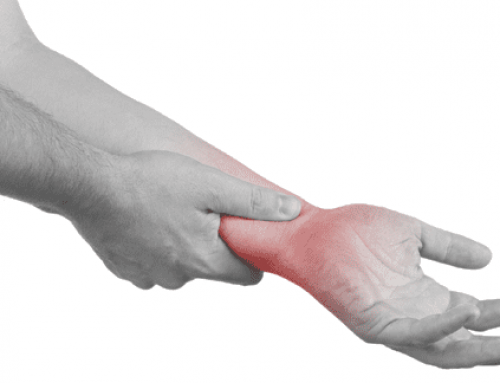At-Home Exercise for Whiplash Associated Disorders

There is plenty of research supporting chiropractic care as an excellent approach for managing whiplash associated disorders (WAD). While the in-office treatment aspect of care—spinal manipulation, mobilization, soft tissue therapy, massage, modalities, etc.—is important for restoring motion and reducing pain in the neck and surrounding areas, it’s the at-home exercises that not only maintain those improvements but reduce the risk for developing chronic pain or experiencing re-injury in the future.
When the neck is injured in a whiplash event—like a car accident—the superficial muscles in the neck will spasm to protect the nearby tissues from further injury. In the short term, this is a good thing, but if movement remains restricted, the deep neck muscles that are important for maintaining posture can become deconditioned.
As the deep neck muscles weaken, the superficial muscles that normally control voluntary movements will take on the added work, resulting in further weakening of the deep neck muscles—setting up a vicious cycle that can prolong or even prevent WAD recovery. In fact, a 2018 study followed 141 WAD patients for one year and found that those who were unable to return to their pre-injury work activities had an average of 50% reduction in neck muscle strength.
That’s why it’s important to engage in at-home exercises to strengthen the deep neck flexor muscles and put them back to work (so you can get back to your life).
One exercise can be performed by retracting your chin inward followed by nodding your head (as if you’re agreeing with what someone said). You can apply resistance by placing your fist under your chin and slowly working against both the upward and downward movements. Start at 10% maximum resistance. As you improve and as tolerance allows, add additional resistance (up to 50-75% max) and reps to your sets, enough to feel fatigue. If you apply 100% resistance, no motion will occur, which is called an isometric contraction, which works too but not as well as isotonic strengthening (resistance with movement).
There are several ways to strengthen and recondition the deep neck muscles, and your Pro Rehab doctor of chiropractic will show you the ideal exercises for your unique case and provide additional self-care recommendations to optimize the healing process, which can include exercise advice, dietary recommendations, and nutrition supplement guidance.







